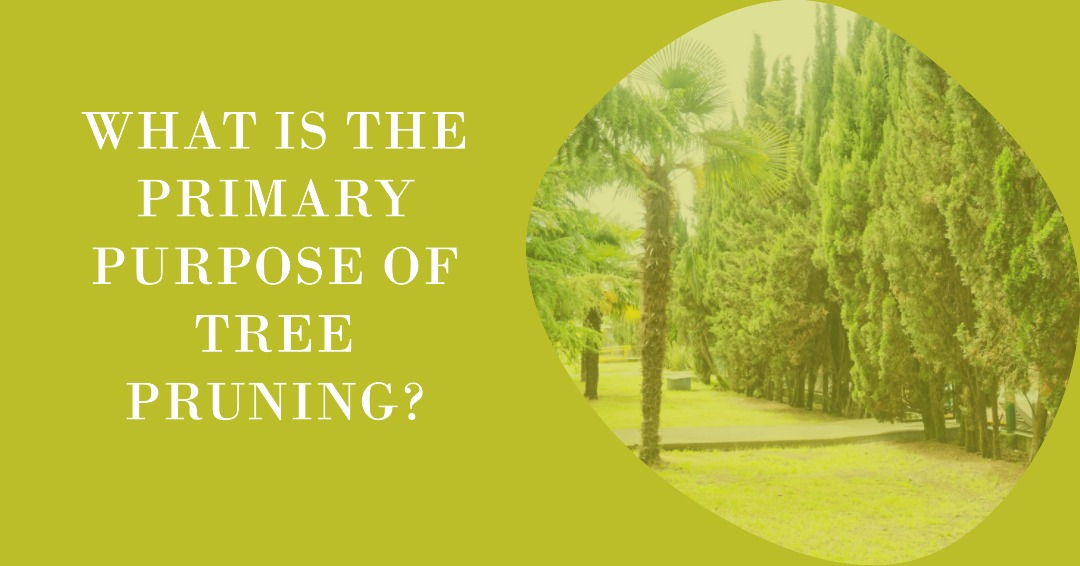The primary purpose of tree pruning in San Jose is to maintain the health and aesthetics of a tree.
Pruning helps remove dead, diseased, or insect-infested branches, which is crucial in preventing further damage to the tree and promoting robust growth in this city’s urban landscape.
In San Jose, regular pruning is critical to safeguard trees from storm damage and guide their growth for the city’s landscape beauty and longevity.
The Importance of Tree Pruning
Tree pruning is not about making a tree look pleasing; it encompasses a range of practices crucial for maintaining the health and well-being of the tree.
This involves everything from removing dead or diseased branches to encouraging new growth and ensuring safety during storms.
Here, we break down the key reasons why tree pruning is essential.
Maintaining Tree Health and Aesthetics
The health of a tree is paramount to its survival and longevity. Dead, diseased, or insect-infested branches can lead to the decline of the tree’s health, making it more susceptible to further damage and death.
Pruning helps remove these unhealthy branches, preventing the spread of disease and infestation to other parts of the tree.
Additionally, by removing dead or dying branches, the tree can redirect its energy and resources to the healthy parts, promoting new growth and vigor.
Pruning helps maintain the tree’s beauty by removing branches and encouraging a balanced and pleasing shape. A well-pruned tree enhances the landscape and adds value to the property.
Controlling Tree Size and Encouraging Flowering and Fruiting
Pruning can help control the size of a tree by removing unwanted or excessive growth. This is particularly important for trees growing near structures or power lines.
Additionally, pruning can encourage flowering and fruiting by removing old wood and stimulating new growth. This can increase flower and fruit production, benefiting ornamental and fruit-bearing trees.
Preventing Damage During Storms
Large, dead limbs are at risk of falling during storms or high winds, causing damage to nearby structures, vehicles, or even people.
Pruning helps remove these hazardous limbs, reducing the risk of damage and injury. Additionally, thinning the tree’s canopy reduces wind resistance, making the tree less susceptible to wind damage.
Training Trees to Grow in a Specific Direction
Pruning can also help train trees to grow in a specific direction and maintain a desired shape or form.
This is particularly important for young trees, as proper pruning at an early age can help establish a strong and healthy structure, reducing the need for corrective pruning as the tree matures.
In conclusion, understanding the importance of tree pruning encompasses recognizing its role in maintaining health and aesthetics, controlling the size and encouraging flowering and fruiting, preventing damage during storms, and training trees to grow in a specific direction.
Each of these aspects contributes to the well-being and longevity of the tree, making pruning an essential practice in tree care and maintenance.
Proper Tree Pruning Techniques
Proper pruning techniques are essential to ensure the health and well-being of the tree. Here are some crucial tips for effective pruning:
- Prune During the Dormant Season: The best time to prune most trees is during the dormant season, in late winter or early spring. This minimizes stress on the tree and reduces the risk of disease transmission.
- Use Sharp and Clean Tools: Dull or dirty pruning tools can cause damage to the tree and increase the risk of disease. It is essential to use sharp and clean tools for pruning.
- Make Clean Cuts: Clean cuts heal faster and are less likely to lead to disease or insect infestations. Make cuts close to a bud or branch collar, but do not cut into the collar.
- Do Not Over-Prune: Removing too many branches at once can stress the tree and lead to its decline. Removing at most 25% of a tree’s crown in a single pruning session is recommended.
- Seek Professional Help: Pruning can be complex, and improper pruning can cause more harm than good. It is advisable to seek the help of a certified arborist or a tree care professional for pruning, especially for large or mature trees.
Conclusion
Pruning is essential for sustaining the health, beauty, and longevity of trees in San Jose City. It involves removing dead, diseased, or insect-infested branches, which helps prevent further damage and encourages robust growth.
In the urban landscape of San Jose, pruning also serves to control a tree’s size, stimulate flowering and fruiting, remove undesirable elements, mitigate storm damage, and guide the tree to develop in a preferred direction and shape.
Correct pruning techniques are crucial to secure the best results for the trees that grace our city.
With an understanding of the significance of pruning and the application of proper methods, residents of San Jose can ensure their trees flourish, contributing to the city’s greenery and vitality for the future.


